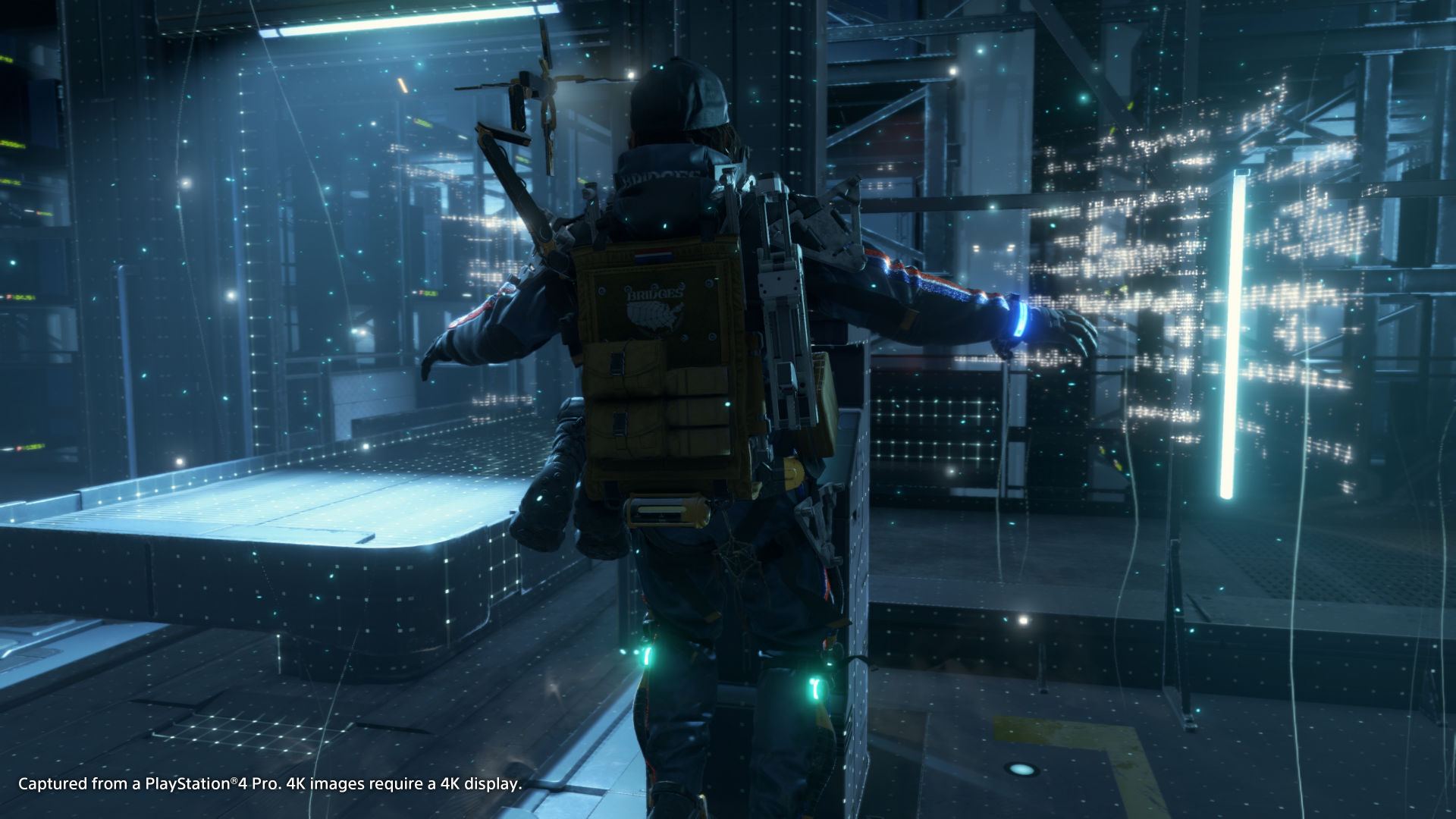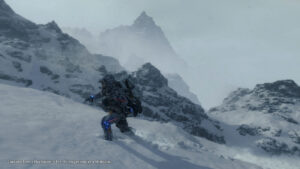What We’re Playing: ‘Death Stranding’ Is a Tale of Connectivity

On June 26, Japanese video game designer Hideo Kojima, the medium’s foremost auteur, released “Death Stranding 2: On the Beach” on the PlayStation 5. That may not sound like it relates to the broadband industry, but hear me out.
This is the big-budget sequel to the buzzy 2019 original, which saw Norman Reedus working as a delivery man connecting the underserved regions of the post-apocalyptic remains of the continental U.S. to the “chiral network” (read: the internet).
In other words, if you wanted to, you could interpret Kojima’s game as a timely metaphor about fiber deployment. Especially once you experience just how challenging, time consuming and taxing that work can be for Sam Porter Bridges (Reedus), who sets out from the East Coast, crossing a barren, hostile wasteland to bring scattered outposts and walled cities back online so that they can once again share information and resources with each other like the old days. This, the game posits, is how America can rebuild civilization. To push the fiber deployment metaphor further, the increasingly unfriendly and often rocky terrain that Sam must navigate to make it to the other side of the continent becomes the game’s own unique obstacle. While most video games set on large open maps tend to challenge players via enemy placements, a myriad of quests and labyrinthine dungeons, Death Stranding turns the land itself into Sam’s primary opponent. He must make his way up and down steep mountains, cross raging rivers and constantly contend with harsh weather conditions, all of which slow his journey down, shred his boots and degrade his equipment and sometimes force him to backtrack and find an alternate path towards his goal.

Operators in extremely cold or hot parts of the country, such as Alaska or Nevada, who were both found to be trailing in fiber-to-the-home availability in a recent study by the FBA, might be able to relate to Sam’s ordeal. Alaskan operator GCI, for example, has talked at length about the connectivity hurdles it has to overcome in the state, where icy conditions cause fiber outages for months at a time or become a barrier to deployment in rural areas. True to life, Death Stranding really ramps up the challenge when Sam arrives in a snow-covered region later in the game, where every step forward feels heavier than before and outposts are fewer and farther in between, making this area more difficult to connect to the network than any other.

While not all gamers understood what Kojima was going for back in 2019, many have warmed to the concept of a game about building a network in the years since, especially after the pandemic made the internet an even more crucial part of our everyday professional and personal lives. It’s hard to imagine what life would’ve been like in 2020 without a virtual way to connect with loved ones or quickly access vital knowledge. In Kojima’s world, when Sam brings new regions online, he can unlock valuable resources to construct highways in the area, as well as blueprints for vehicles and alternate ways to traverse the map, including bridges and ziplines he can build. You’re actively improving the game world as you connect more places, and it’s that reward system that keeps you going, even in moments when the journey ahead feels like a slog.

With Death Stranding, Kojima is saying that connectivity, as difficult as it sometimes can be to achieve, is a path to progress. Just look at how far online gaming has come since 2019, which coincidentally happens to be the year Google’s innovative Stadia cloud gaming service released to the public. While that particular platform died on the vine—in part because the service didn’t offer the exclusive titles needed to entice players to jump into the new ecosystem—it brought to market a few concepts that we now take for granted in 2025, such as the ability to play graphically demanding games on a web browser and seamlessly switch between multiple devices during the same play session. A version of one of Stadia’s neatest little tricks, a feature that allowed players to invite their friends into their games by simply sending them a link, just rolled out on Xbox Cloud Gaming in February.
I’ve spent the last few weeks replaying Death Stranding on different screens via NVIDIA GeForce Now, a paid cloud gaming service that requires 25 Mbps download speeds to stream at 1080p and 60 frames per second. At 45 Mbps down, users can reach up to 4K resolution and 120 fps on PC. I couldn’t stream Kojima’s world this way a few years ago, but with better access to high-speed broadband networks, the barrier to these cloud experiences is lower than ever before. That, Death Stranding would say, is progress. – John Saavedra